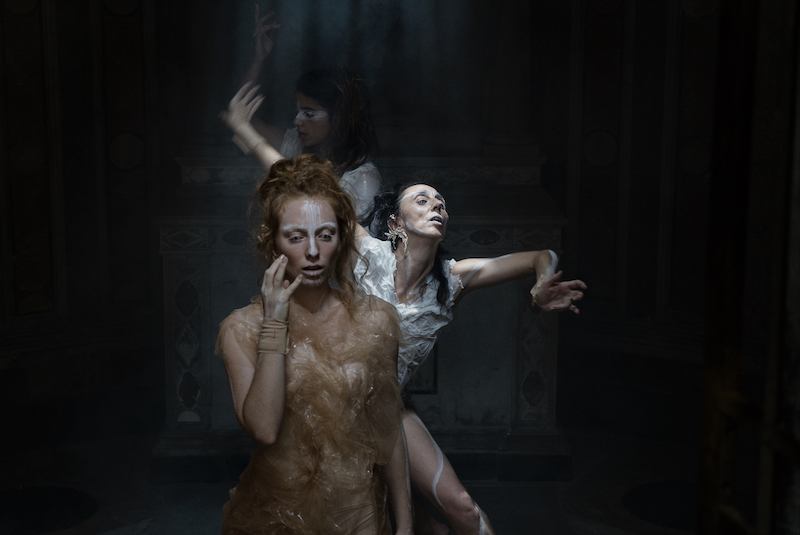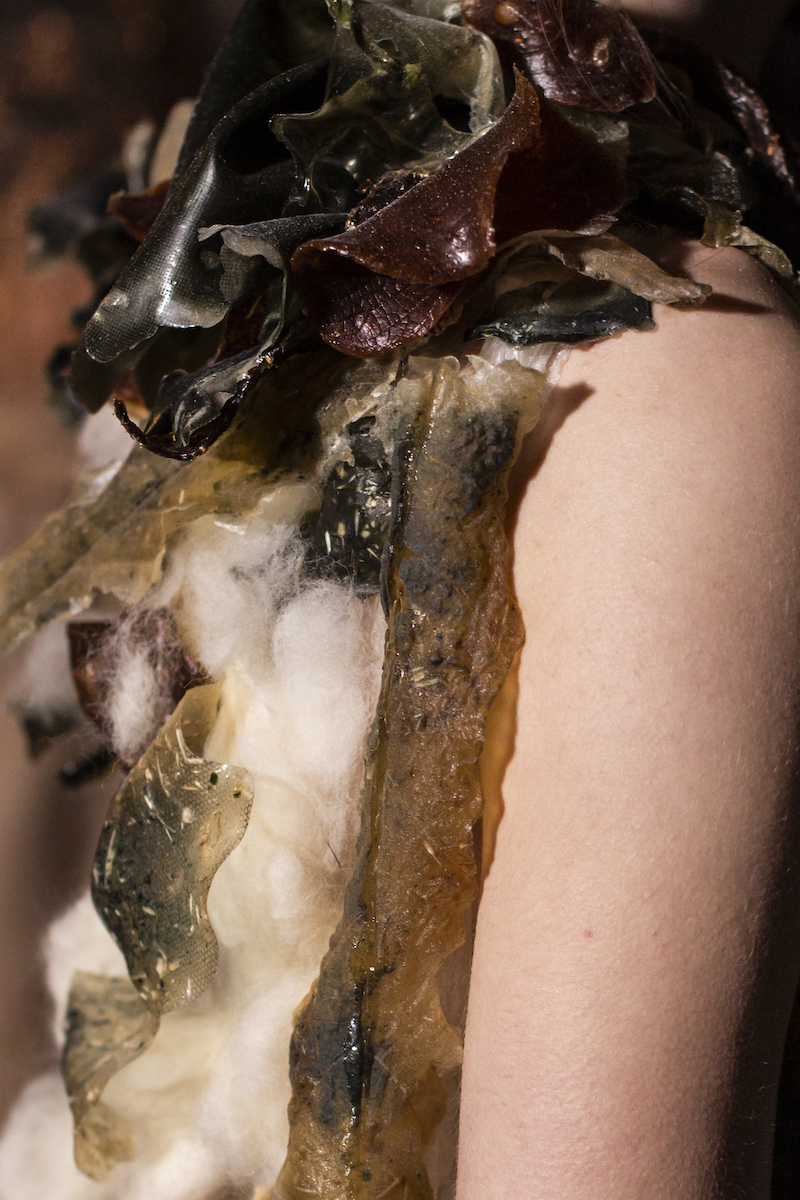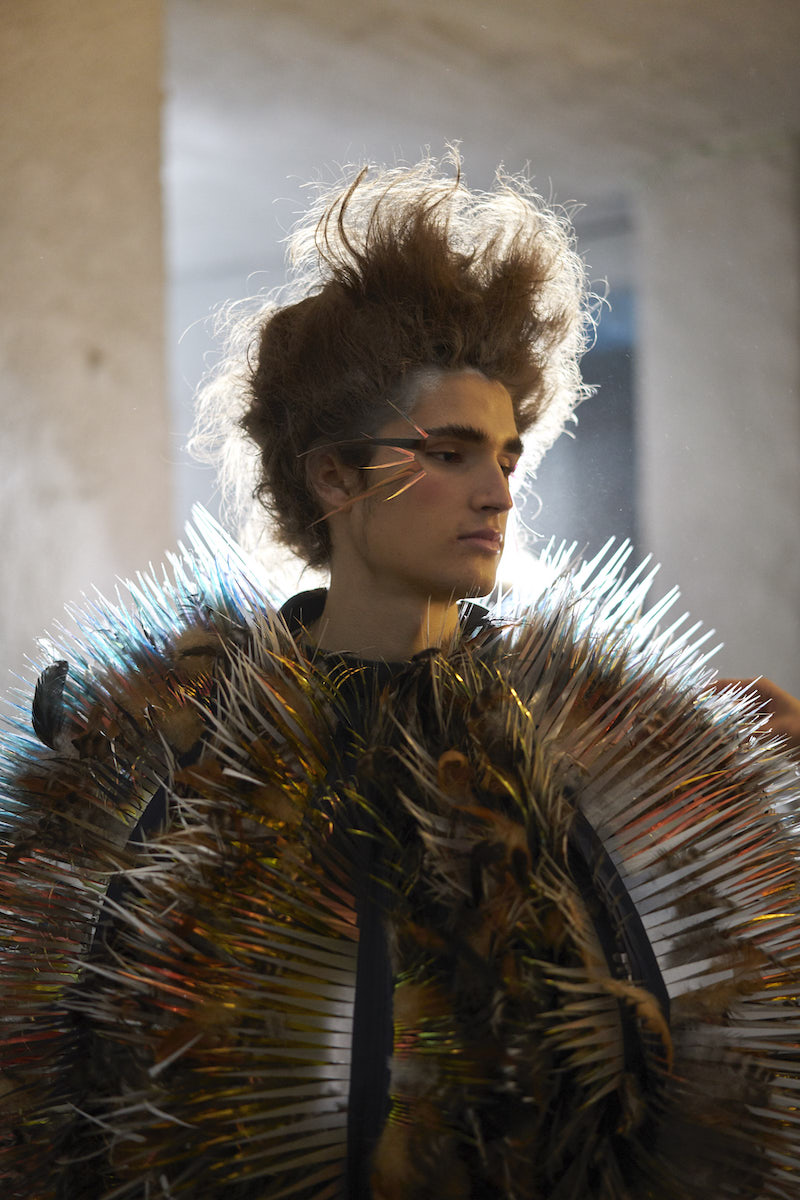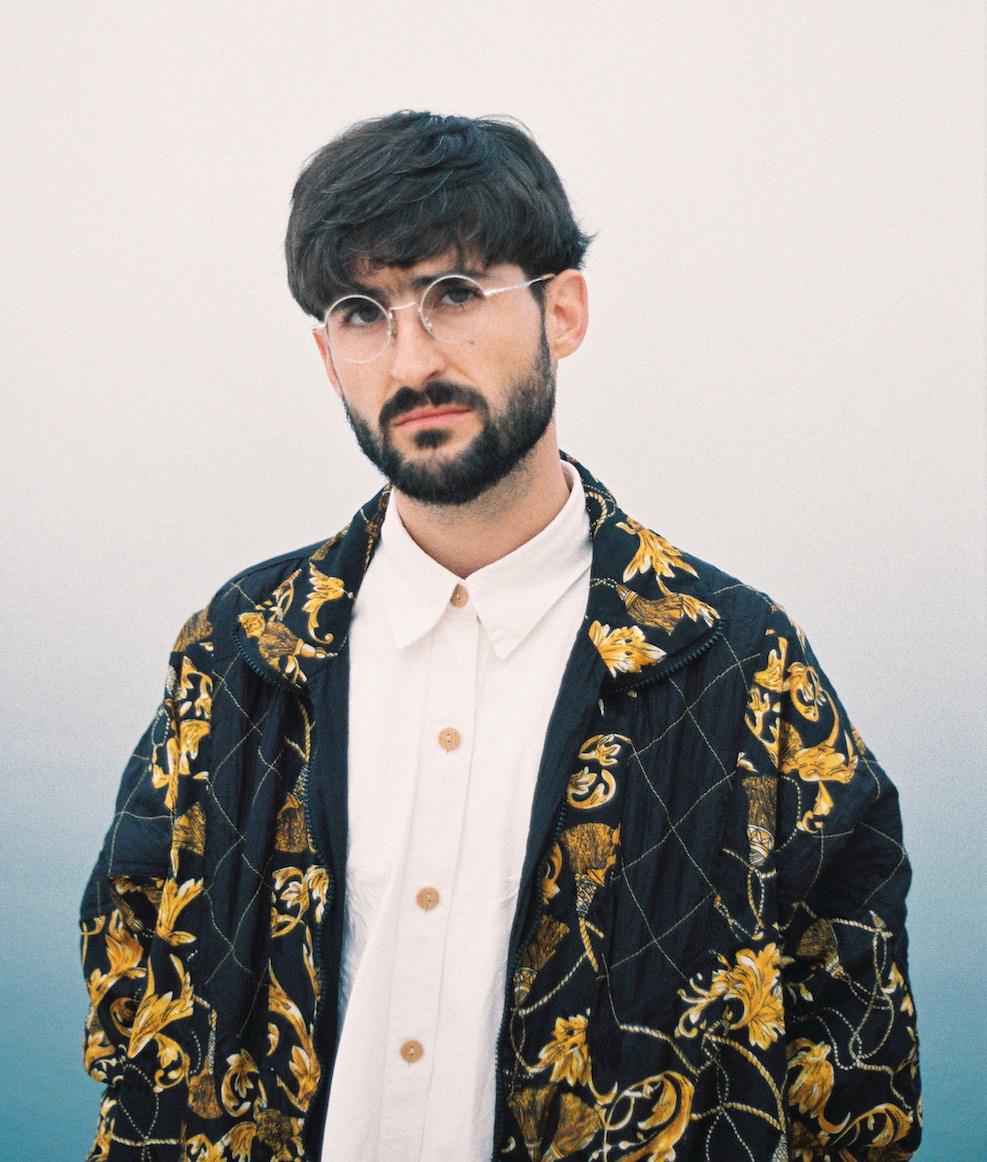Search
To search for an exact match, type the word or phrase you want in quotation marks.
A*DESK has been offering since 2002 contents about criticism and contemporary art. A*DESK has become consolidated thanks to all those who have believed in the project, all those who have followed us, debating, participating and collaborating. Many people have collaborated with A*DESK, and continue to do so. Their efforts, knowledge and belief in the project are what make it grow internationally. At A*DESK we have also generated work for over one hundred professionals in culture, from small collaborations with reviews and classes, to more prolonged and intense collaborations.
At A*DESK we believe in the need for free and universal access to culture and knowledge. We want to carry on being independent, remaining open to more ideas and opinions. If you believe in A*DESK, we need your backing to be able to continue. You can now participate in the project by supporting it. You can choose how much you want to contribute to the project.
You can decide how much you want to bring to the project.

The designer Raquel Buj comes to fashion by way of architecture, interested in reducing the distance that separated her ideas from her own body, looking for a scale that would allow her to handle each part of the process. Together with her studio, she conceives design as body architecture, not speaking of garments but rather of “envelopes” whose materials are an extension of us, entities with whom we interact and with whom we must feel empathy because they are “the most immediate way to express ourselves.” Clothing comes before language, it is faster and more direct. For this reason, along with the Buj Studio team, Raquel tries to put to rest the idea of fashion as something superficial. Her creations respond to zoomorphic or posthuman aesthetics, and her research on technology and new materials allows the studio to produce in an increasingly sustainable way.
Roberto Majano –Your fashion shows are a true festival of techniques and materials. What kind of professionals are in your team?
Raquel Buj – Although the figure of the designer is always the most visible, our team is made up of architects specialized in digital manufacturing and pattern design professionals. The designers I work with are interested in innovation and technology. I try to make specific profiles to be able to organize knowledge and complement each other, since everyone has a different way of solving challenges.
RM – What is the relationship between machines and fashion?
RB – Machines are an extension of our craftsmanship, they offer us the opportunity to generate more complex geometries. They were an essential part of the last collection, Nidos (Nests, 2021), where we began with the way non-human beings build their home or their envelopes. We cannot reproduce the meticulous and aesthetic way that animals construct without the help of machines which, ironically, bring us closer to nature.

El Niño de Elche en un diseño de Buj Studio, 2021. Foto: Gabriel Boza
RM – Your creations are closer to work of arts than to garments. Do you compose only unique items or do you also produce series of designs?
RB – Until now we have worked with unique pieces, however, we are developing a very special collection in which each element will have its own character, something we consider inherent to the identity of the studio. Although in this case they will not be unique, we will never mass produce because limited, handcrafted collections are part of our DNA.
RM – In recent months we have seen the Niño de Elche dressed by Buj Studio and one of your creations in Alejandria Cinque’s performance in Matadero. What do collaborations with other artists give you?
RB – They give me a lot, they always bring in something different. For example, at the performance that Muriel Romero carried out in October at the Spanish Academy in Rome, she told me about her research on Bernini and then I contributed my vision as a designer, but when you see the piece you understand that the symbiosis of both works creates an extra layer. Collaboration allows one to develop a kind of non-attachment. I tend to have a much stronger attachment to collections, since I work visualizing the result, but when I incorporate other people, they give me new things. For example, in the last fashion show with Laura Indigo and Juan Borgognoni, the movements that Laura proposed and the music that Juan created generated a more complex piece and enriched the project.

Resonancias ocultas, performance de Muriel Romero con diseños de Buj Studio, 2021. Foto: Marcela Sciaccaluga
RM – Are you surprised when you to see big-name, super-capitalized brands become champions of sustainability and feminism, or do you think activism is just another trend?
RB – I suppose it depends on each case, but obviously it is a trend and I don’t think it’s bad if it does good. I think it is necessary to use certain terms such as “sustainability” and “feminism” with greater criteria, rigor and reflection, and I think we should be humbler in that sense. On the other hand, I think that the fact that they are buzzwords has a positive aspect because it marks a change from which there is no turning back. We should be more radical, not only must we develop the aesthetics of sustainability and feminism, we must delve deeper into both concepts.
RM – The textile industry is responsible for 20% of global wastewater and 10% of carbon emissions. What kind of market solutions do you envision to reduce these figures?
RB – One of the ways to reduce this footprint is by consuming less and of better quality. What’s behind a T-shirt that costs ten euros? We also need to support social sustainability, to know in what conditions people work. You have to be aware of the work behind the things and how this implies a price. We all have a quota and a certain style, but as designers we must show the complexity of processes, patterns and the transformation of materials. On the other hand, recycling and second-hand clothes are essential, and we must generate materials from scratch that are more sustainable.
RM – What type of procedures and materials have helped you evolve towards a more sustainable production?
RB – We manufacture everything in our workshop, we do not outsource any part of the process. We learn from materials in such a way that each project sets limits. The production we do is very limited, but within our pieces we recycle materials and processes. For example, we are currently taking apart a set we built four years ago and designing a suit to give it another life. Sometimes it is not only the material but its origin and the uses you can give it. It is also important that the leftover pieces mutate. In that sense, digital manufacturing is very sustainable because it does not generate waste. On the other hand, there are many possibilities with bio-fabrication. There is a very strong movement that should get closer to the market because, although there is great interest from many points of view, it should be applied to fashion production.

Detalle colección Nidos, 2021. Foto: Haníbal González
RM – What materials have you produced through bio-fabrication?
RB – We have worked with gelatins and agar, both thickeners that are used for cooking. There are many people working on this, pages in which the processes that look like kitchen classes are shared, although these become fabrics. There are also other super interesting materials that are generated through the growth of fungi and bacteria. For example, from kombucha, the fungus that feeds on tea, water and sugar, a kind of leather can be generated.
RM – What role do you think crafts and technology can play in developing a more sustainable industry?
RB – They go completely hand in hand. Curiously, the more technology we use, the more artisanal our process becomes. In our last collection there was a 3D-printed piece that was based on the shapes wasps leave when they bite tree trunks. We printed it using parametric design, but we weren’t looking for the clean finish that this technology gives us, but rather something organic. Therefore, in addition to leaving all the threads unwashed and zapping them with a heat gun, we then sewed the piece together in a super manual way. For us, technology allows us to join tools and think of new crafts.
RM – ¿Do you trust more in techno-utopia or in degrowth theory?
RB – Inevitably, we have to be more conscientious about consumption, unless they are organic garments that have life, that wilt and like a plant can then return to the earth. We have to conceive of fashion as an extension of our body. Just as we have to be empathetic with people, so too with objects. At the same time, I trust a lot in technology and I am not scared of it at all. On the contrary, it surprises me and helps me create new dialogues. I think we have to be receptive so that we don’t miss opportunities.

Colección Nidos, 2021. Foto: Juan Rayos
RM –How do you imagine the luxury fashion of the future?
RB – We really have to rethink what luxury is. Exclusivity should not only be linked to the image of status and its economic value, but should be thought of from its conception. More involvement is necessary, moving away from the superficiality of the logo to give more importance to the concept, the process, and the effect of each creation.
(Cover photo: Buj Studio, Colección Nidos, 2021. Photo:Juan Rayos)

Roberto Majano was born in a walled city of medieval essence the year the USSR was dissolved. An art historian and cultural manager, his career has developed in the fields of communication, education and public relations. With a rural childhood and a nomadic life, his experience is divided between Spain and Italy, where he has curated several contemporary art exhibitions and collaborated with different institutions in the development of cultural events.
"A desk is a dangerous place from which to watch the world" (John Le Carré)